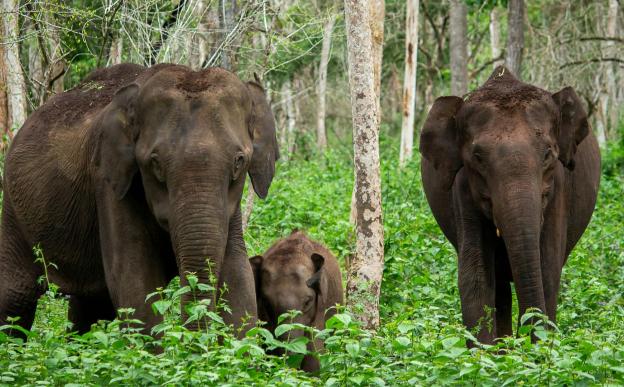
Human hair texture is extremely varied—from poker straight to twistedly tangled—and although we understand some of the biology behind straight hair, curly hair is a bit of an enigma. It’s not just biology that’s involved here, but interestingly some physics too.
The degree of curliness varies across race and geography. A curl may be a ‘twist’ if it has irregular natural bends that don’t affect the natural curve, a ‘crimp’ if it does change the curvature of the curl, a ‘wave’ based on the number of coils along the length of the hair and a ‘kink’ if it has sharp twists or bends.
The hair shaft grows from a follicle that is embedded in a layer of skin. The angle of the growing follicle is one of the main reasons why hair curls. Children of African descent are born with loose “silky” curls. Their hair might not get those much-sought-after tight curls for another 12 months. This suggests that the first hair cycle, or the embryonic hair, has a different shape to subsequent hair cycles. Hair shape doesn’t really change in adulthood, so the factors that control the regrowth of hair in each cycle must also maintain the characteristics for the shape of each new hair follicle that is formed throughout a lifetime.
Genes like trichohyalin, EDAR and WNT10A, that play a role in hair shape and fibre thickness, influence the different types of curly hair and their degree of ‘curliness’. Interestingly, a variation in the EDAR gene in East Asian and Native American populations is responsible for not just hair texture but also for advantageous changes in tooth shape and gland activity.
Genes, environmental factors, many years of evolution and even physics are some of the driving forces behind your hair’s texture. So the next time you’re having a bad hair day, don’t stress! Just put on a fancy hat and remember that your hair came a long way to get to where it is today.





